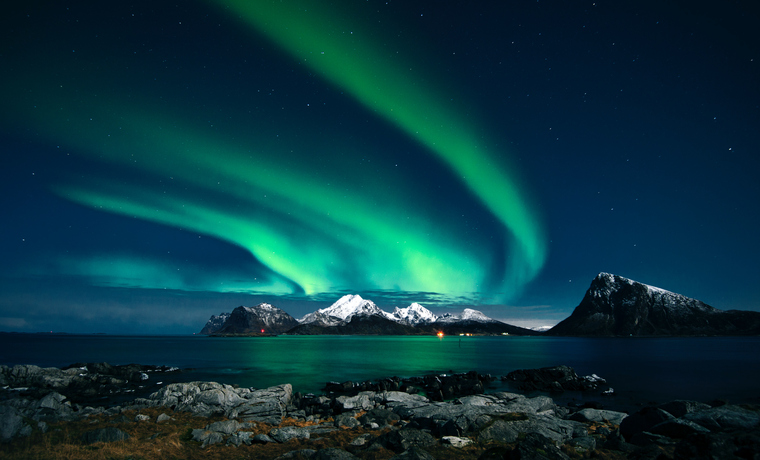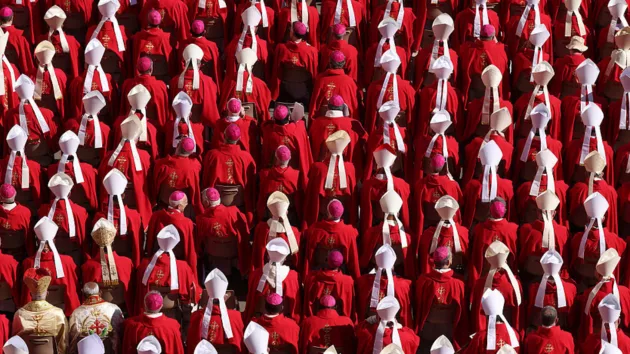
(NEW YORK) — Stargazers in the U.K. who missed the first round of a rare Northern lights display will be treated to an encore performance.
On Sunday night into early Monday morning, the Northern lights phenomenon, usually seen in regions closer to the Arctic like Iceland and Scandinavia, made an appearance further south, delighting those in the U.K. with a multi-colored display against the dark night sky. Auroras occur when atoms and molecules in Earth’s atmosphere clash with a solar flare from the sun.
Aurora sightings across some regions in the continent occurred after a coronal hole high speed stream — regions of open magnetic fields on the sun that appear dark next to denser plasma surrounding it — combined with a “rather fast” coronal mass ejection, a powerful burst of magnetized plasma from the sun’s corona, its outermost layer, the U.K.’s Meteorological Office tweeted. Both events are known to contribute to geometric storms, according to the National Oceanic and Atmospheric Administration.
The astrological event painted skies pink and green in places as far south as North Uist, Scotland, North Wales, Cambridgeshire and Shropshire, according to the Met Office.
The sightings are so rare south of Norway, Iceland and Greenland because it takes “a severe or extreme geomagnetic storm” to bring the belt south enough to be directly over the U.K., according to the Met Office.
During more moderate geomagnetic storms, the auroras can be faintly visible from northern parts of the U.K. on a clear night as they are pushed toward southern Iceland or toward the Faroe Islands, the Met Office said.
Meteorologists are predicting sightings in the U.K. from 7 p.m. local time until 4 a.m. Tuesday. Residents further north on the continent with access to clear skies will have the best chance at seeing the lights.
At least two auroras were predicted for 3:51 p.m. UTC and 5:21 p.m. UTC, according to AuroraWatch U.K. More sightings are possible throughout the evening.
Solar flare eruptions on the sun are expected to continue on Tuesday, according to NOAA’s Space Weather Prediction Center.
Parts of North America were also privy to the light display on Sunday night. The lights were visible in places like Fairbanks, Alaska, and Calgary, Canada, and could appear again in the early morning hours on Tuesday.
More frequent displays of the aurora are likely in the coming years as the sun reaches the solar maximum stage in its 11-year of its magnetic field activity in 2025, according to the Met Office.
Best viewing practices include a dark location with no light pollution and looking toward the northern horizon, according to the Met Office.
Copyright © 2023, ABC Audio. All rights reserved.








